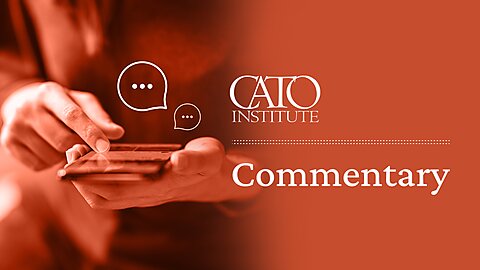Jeffrey Miron and Peter Van Doren
From Peter Van Doren:
My colleague Jeffrey Miron recently argued that the federal government should not fund research. Here I ask a slightly different question: Are the assets of foundations sufficiently large to replace federal support of university research?
In 2023, federal research expenditures at universities were about $60 billion (Table 1). Given the typical 5 percent spending rule of university and nonprofit endowments, the $60 billion in annual expenditures would require $1.2 trillion in private assets in addition to the $134 billion in assets (6.7/.05) used to fund the current nonprofit annual contribution of $6.7 billion (Table 1) to university research.
Total assets of nonprofit foundations that disburse grants are about $960 billion (Page 3); $134 billion is already dedicated to funding university research and development, so that leaves us with $826 billion in assets that could fund about $41 billion. That leaves us about $19 billion (about one-third) short in annual grants. And the $41 billion annual flow would require all private foundations to fund nothing other than university research.
Jeffrey Miron comments:
These facts are Interesting; I am happy to learn that foundation assets are this large. These data do not, however, necessarily imply that government should fund research.
First, foundations are not the only possible replacement for government funding; private, for-profit firms can (and already do) fund many types of research at universities.
Second, not all research is the kind that “generates externalities,” meaning it creates new and useful but hard-to-patent ideas that underlie “marketable” research. For applied research, no matter how interesting, the case for government funding does not apply.
We thank Cato interns Austin O’Connell and Preeti Kulkarni for their assistance.

